
ECCR Used by NASA space program
Brent Hudson from Narked at 90 kindly offered me this information about the legendary Undersea Technologies UT 240 rebreather. Here you find photos and information about this absolute unique rebreather!
I would like to say a big THANK YOU to Brent for keeping this information saved for all interested readers and diving community!
Also I would like to thank Sharon Readey for helping to find information about this great unit. This page is about the UT240. We know there are UT 180 and UT 90 units designed (and build?) and we very much would like to have additional information about these sets!
Article written:
Brent Hudson .eng
Technical Director
Jan Willem,
Some time ago, John and I contacted you trying to identify a rebreather we acquired. Many people hypothesised as to its nature including some who suggested it may be a Royal Navy prototype CDBA13. We have now got to the bottom of it.
It is the legendary UT-240 by Stuart Clough. One of only 5 that are known to still be in existence.
Stuart Clough was involved with marine and terrestrial photogrammetry in the early 1980s and converted the CCR155 to run with his own electronics module. He then went on to develop the SMS2000 with Drager and the Phibian with Oceanic. He set up Undersea Technologies and developed the UT240.
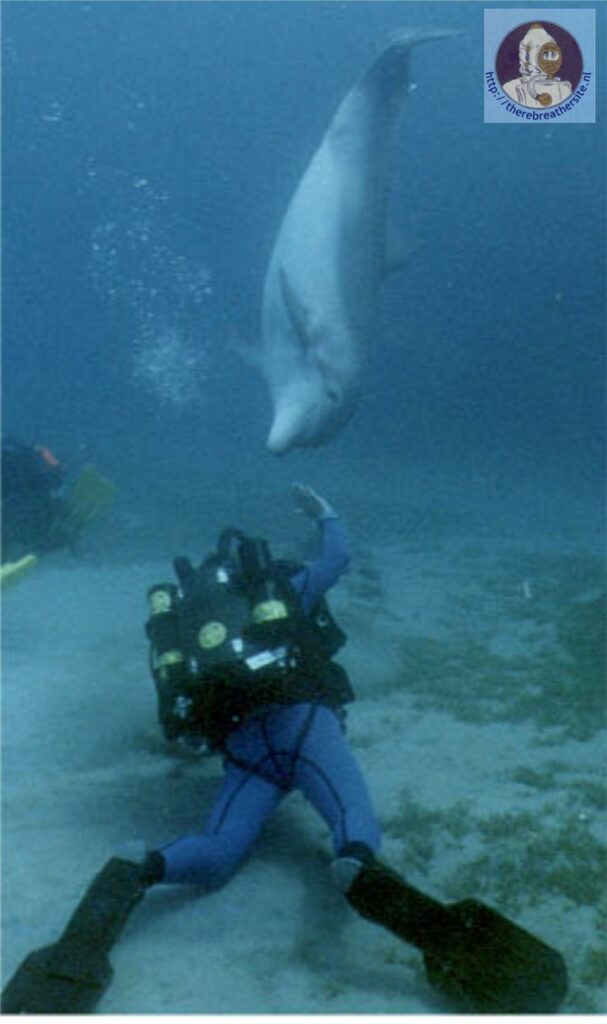
The UT 240 rebreather works at a constant partial pressure of oxygen of 1.45 bar, so the partial pressure of oxygen can be maintained below a toxic level. This factor does not depth limit the equipment. When using nitrogen as the diluent, the recommended maximum depth is 50m. With helium, UT 240 has been tested to depths of greater than 200msw ( >600 ft).
The unit was designed to take cylinders from 1-10ltrs water capacity on each side. The decompression computer had an integrated CO2 detector and warning system. There were also accessories such as umbilical connection and other computer options.
The scrubber contains 4kgs of 797 Sofnolime or 3.5kgs of 4-8 mesh (Dragersorb type). Testing was carried out which demonstrated its capacity to be 240mins at 1.8ltr/min CO2 with 4-8 mesh. The equivalent in 797 grade would be 6.5 hrs at 1.6ltr/min CO2. At realistic diving CO2 production levels, the scrubber would last an order of magnitude more.
According to Ian Middlebrook of HSM Engineering:
“with the UT240 for Undersea Technologies during 1994 to 1996. This unit offered the first C02 detector but also measured both ends of the canister temperature ramp. You may also like to take reference also with the Marshall Space Flight Centre NASA 93/94 Neutral Buoyancy Simulator.”
In May 1996 S. Clough exhibited the UT240 at ADEC’96, Asian Diver Exhibition and Conference in Singapore. The UT240 ceased to exist in 1998.
Email from Richard Pyle Ref: UT-240:
Actually, the Phibian preceeded the UT240. For a while, before we knew what the name of the UT240 was, we referred to it simply as: “the rebreather formerly known as Phibian”.
Aloha,
Richard Pyle
A US patent was filed which we are told is for this unit: US patent can be found on this page
A mixed-gas, closed circuit, re-breather diving unit , and associated diving system and method, having separate supplies of oxygen and inert gas, arranged to feed a breathing loop in such a manner that, in use, oxygen is fed into the loop as it is consumed by a diver, while inert gas is fed into the loop by a water-pressure-sensitive valve to maintain the loop volume, the unit having oxygen partial pressure (ppO2) monitoring sensors whereby the ppO2 is continuously monitored and maintained at a pre-set level below that of the oxygen toxicity threshold, having a depth gauge diaphragm and having carbon dioxide (CO2) scrubber means within the breathing loop, and the pre-set level of the ppO2 can, once the ppO2 monitor has been calibrated initially, be reset instantly to another ppO2 pre-set level prior to a dive, and the carbon dioxide level in the breathing loop can be monitored continuously by optional CO2 level sensors , and outputs of the ppO2 and CO2 monitoring sensors and of the depth sensor are transmitted via a telemetry link to a surface-located computer programmed to use such output information, together with time information and dive table data, to produce, in real time, a decomposition schedule.

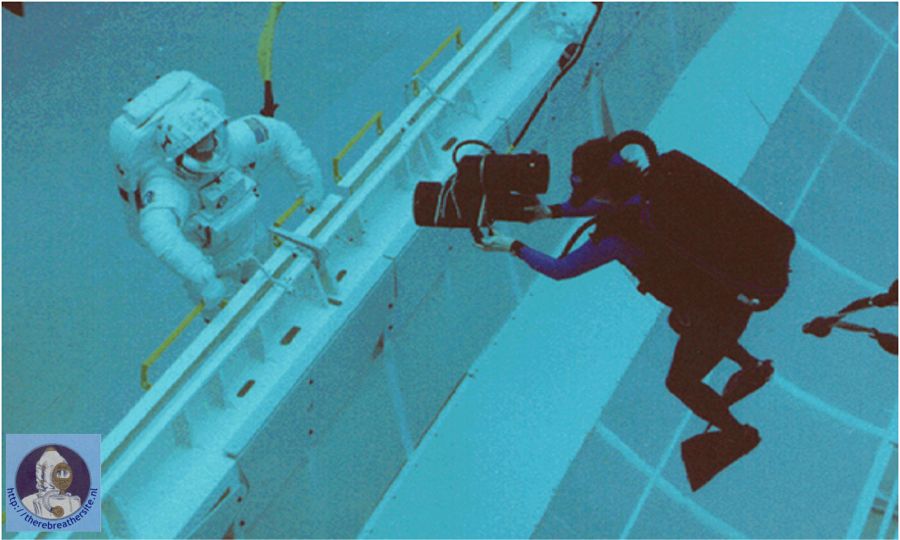
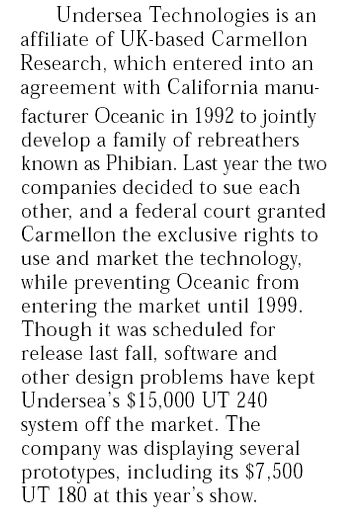


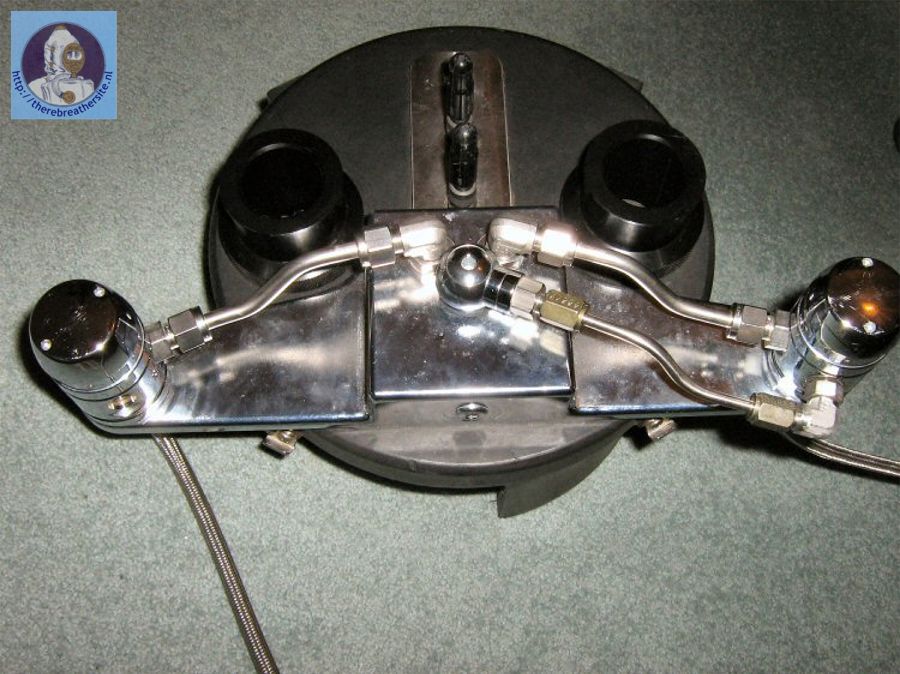
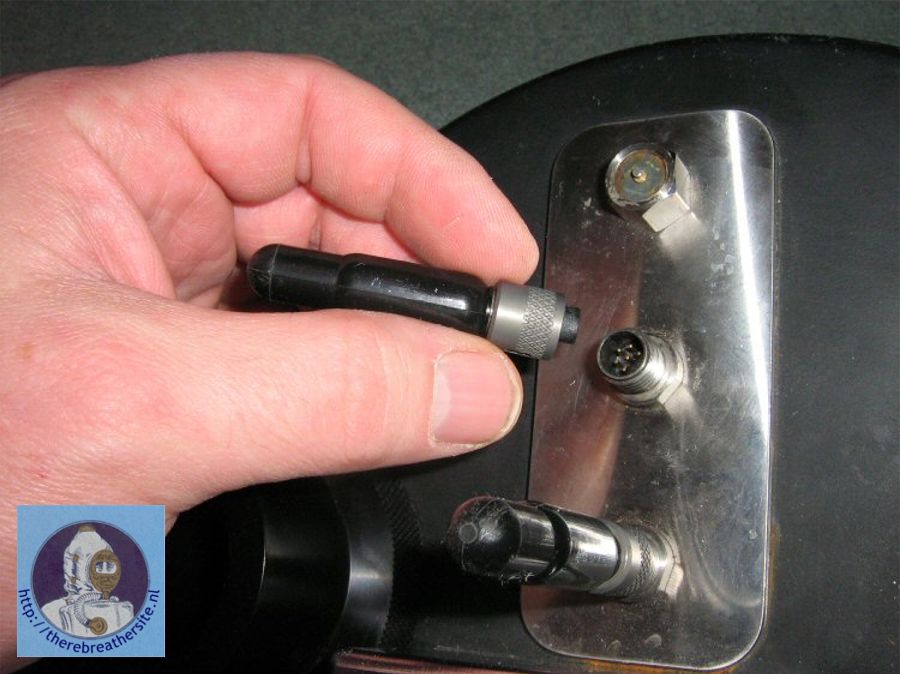
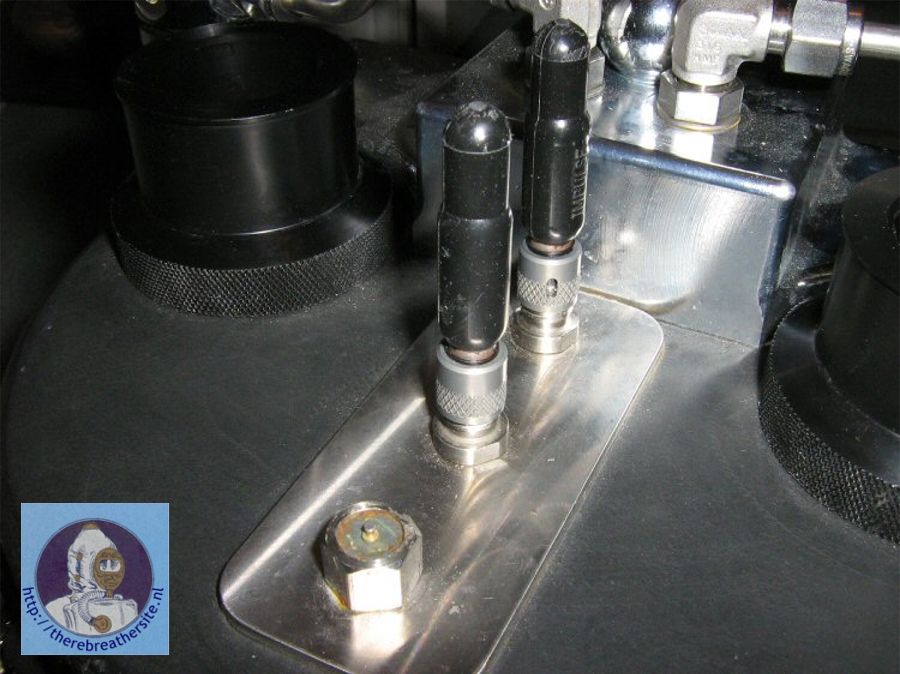
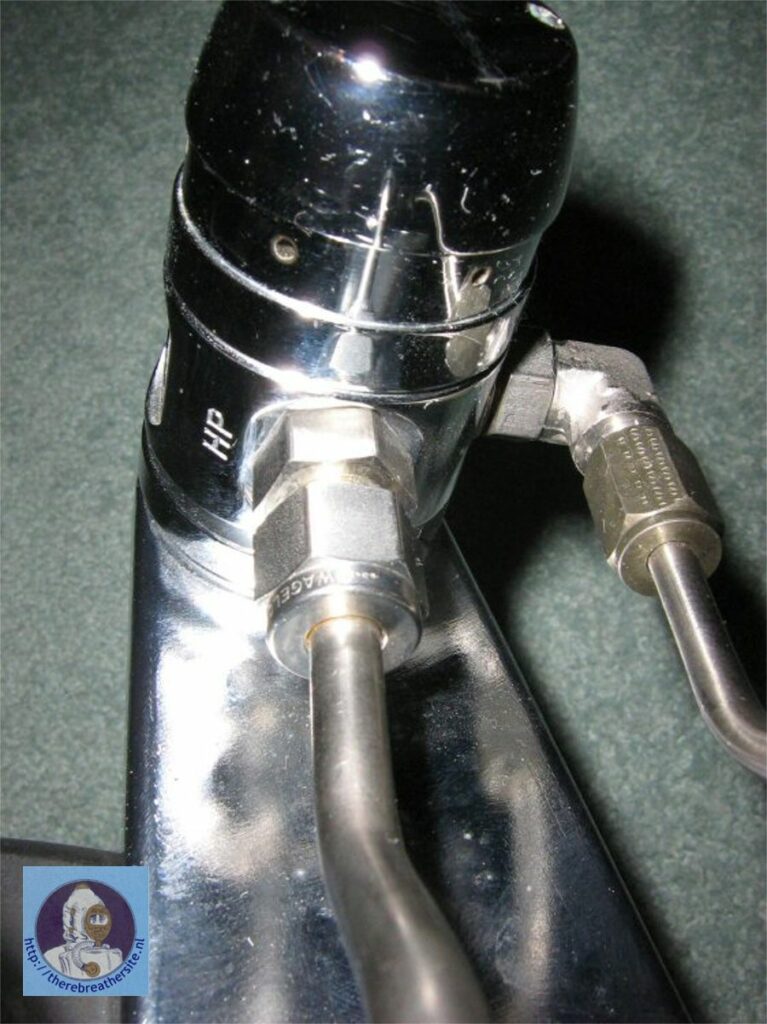
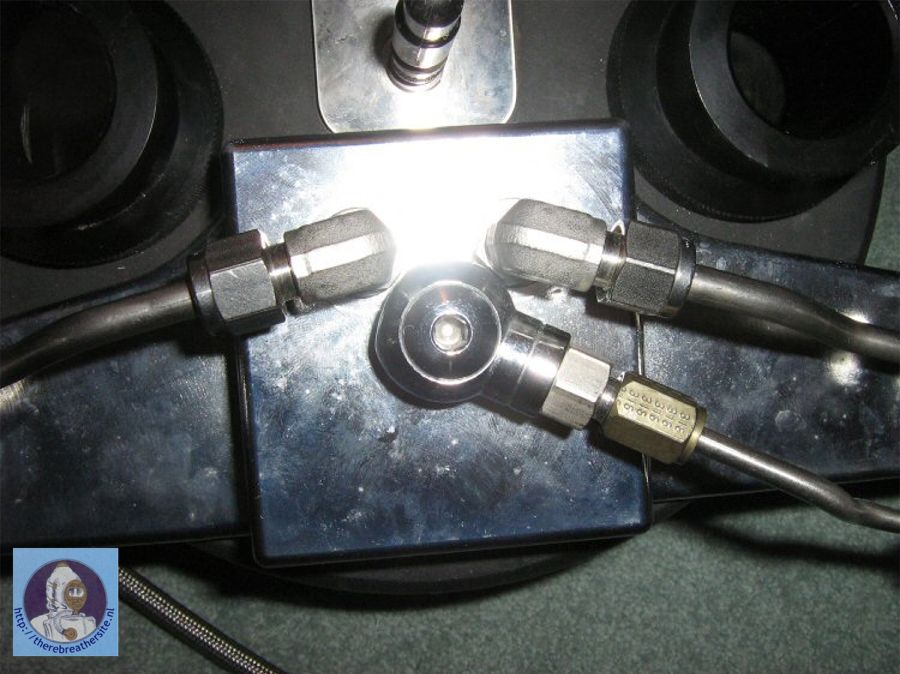
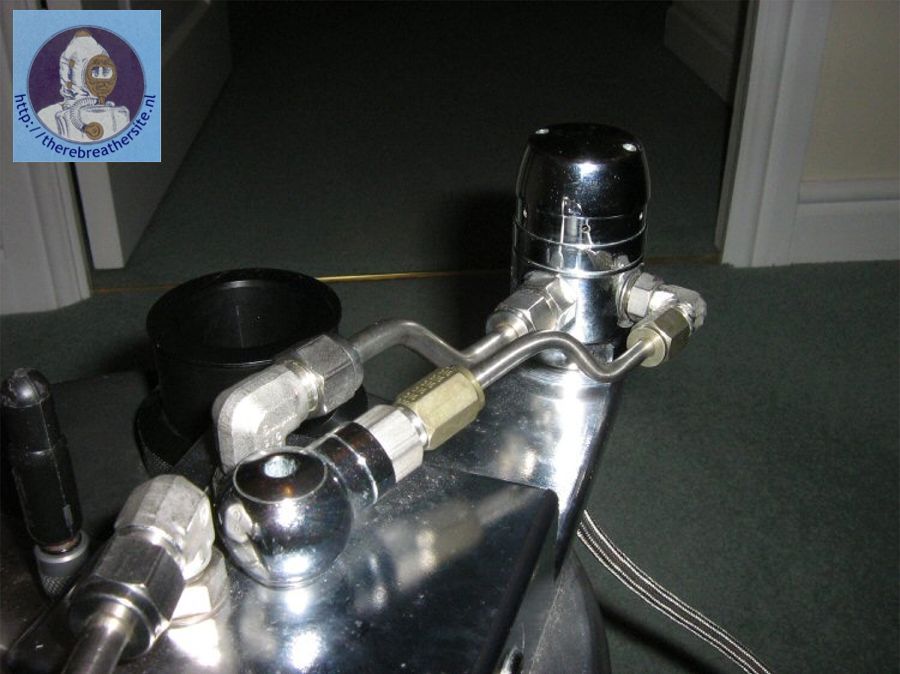
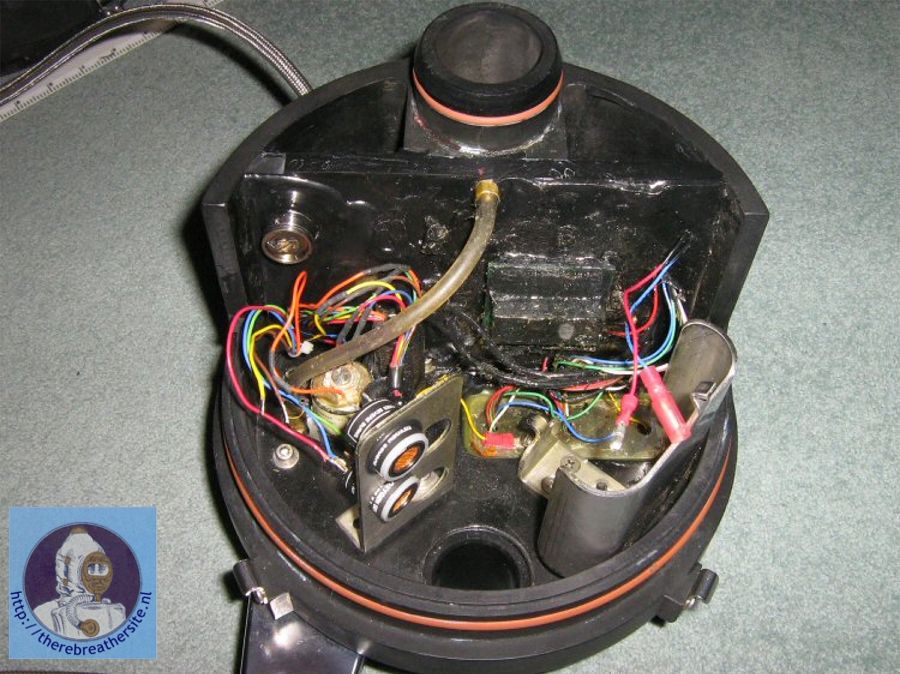
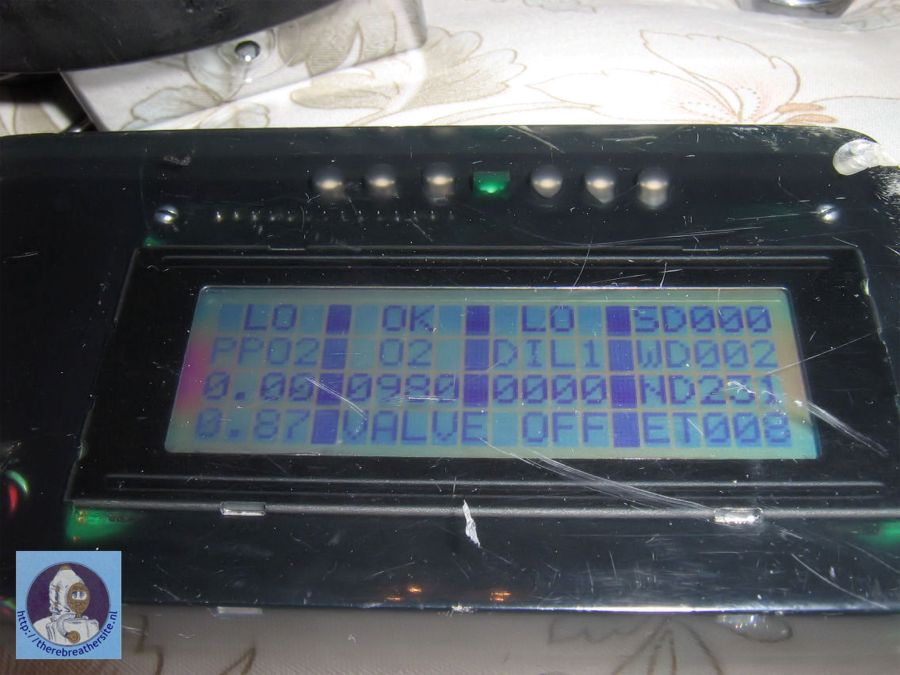
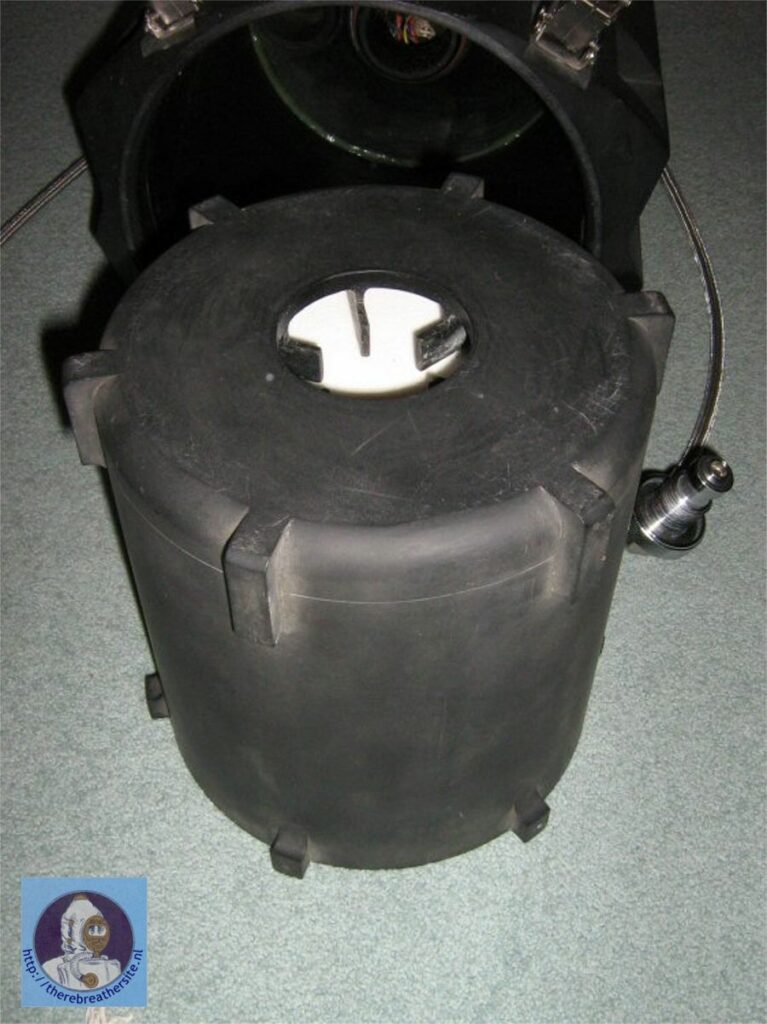
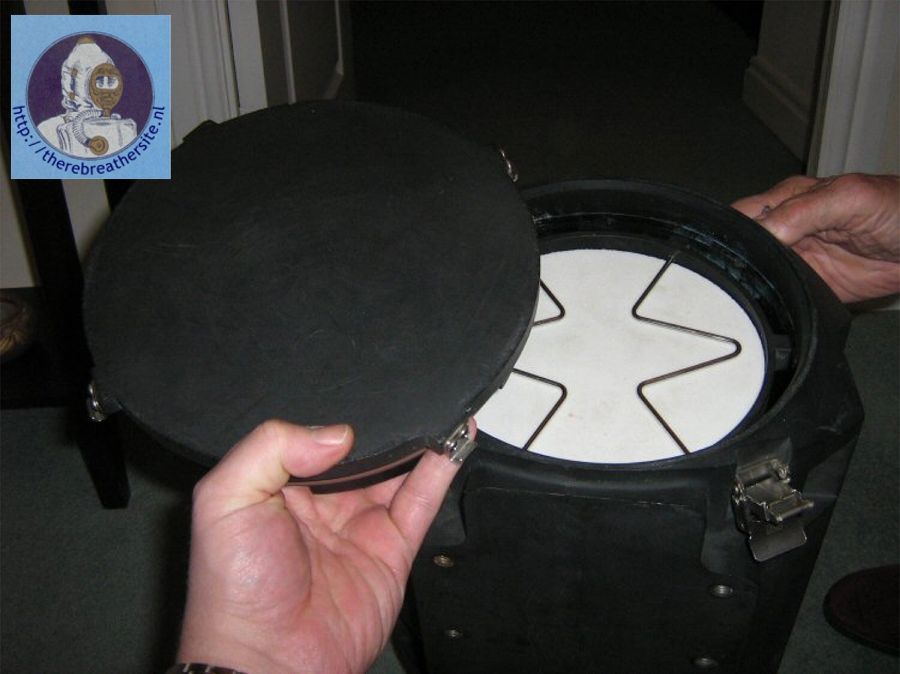
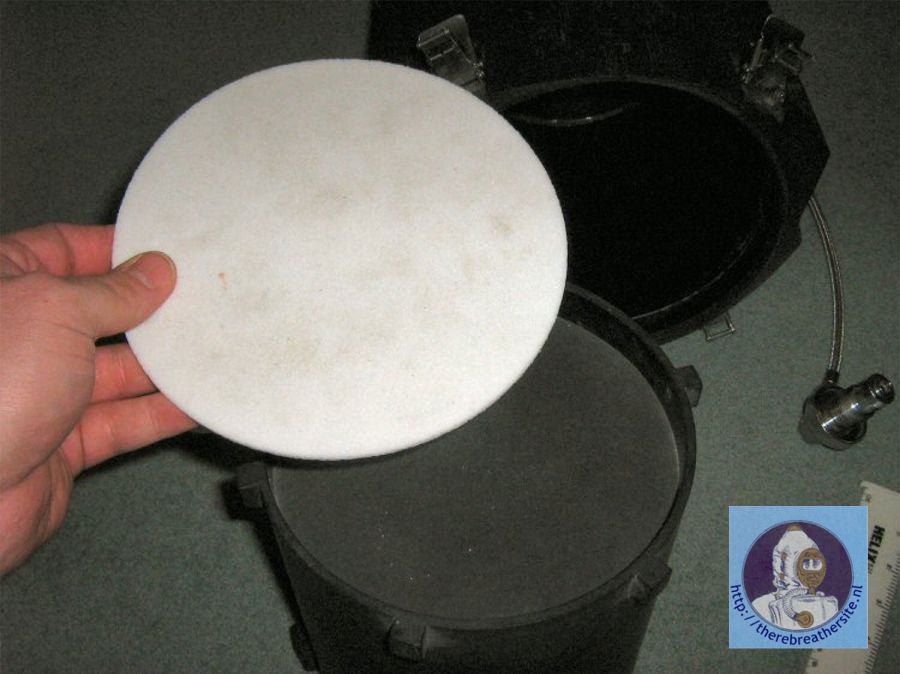
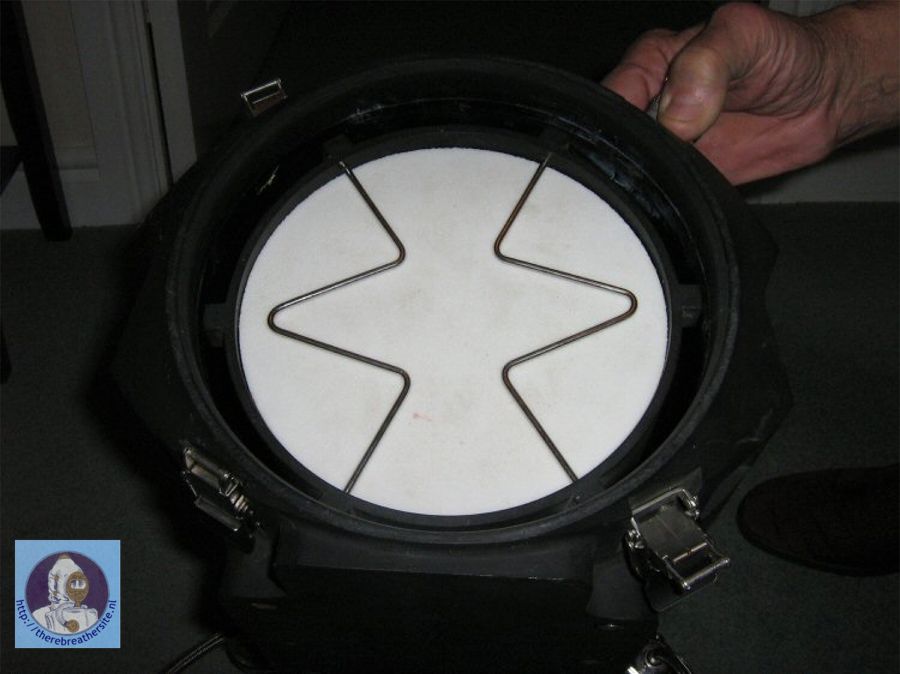
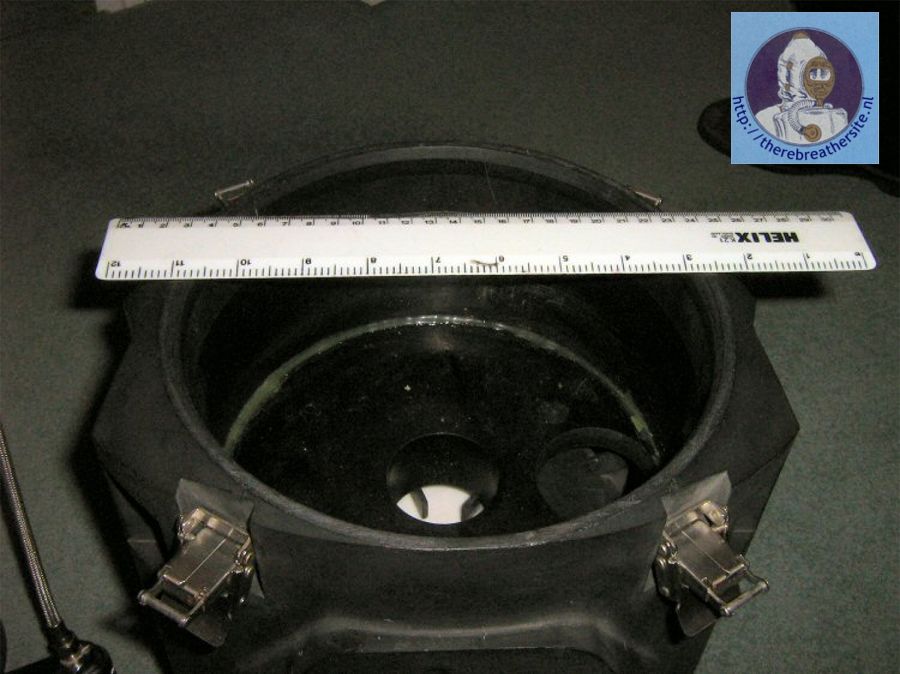
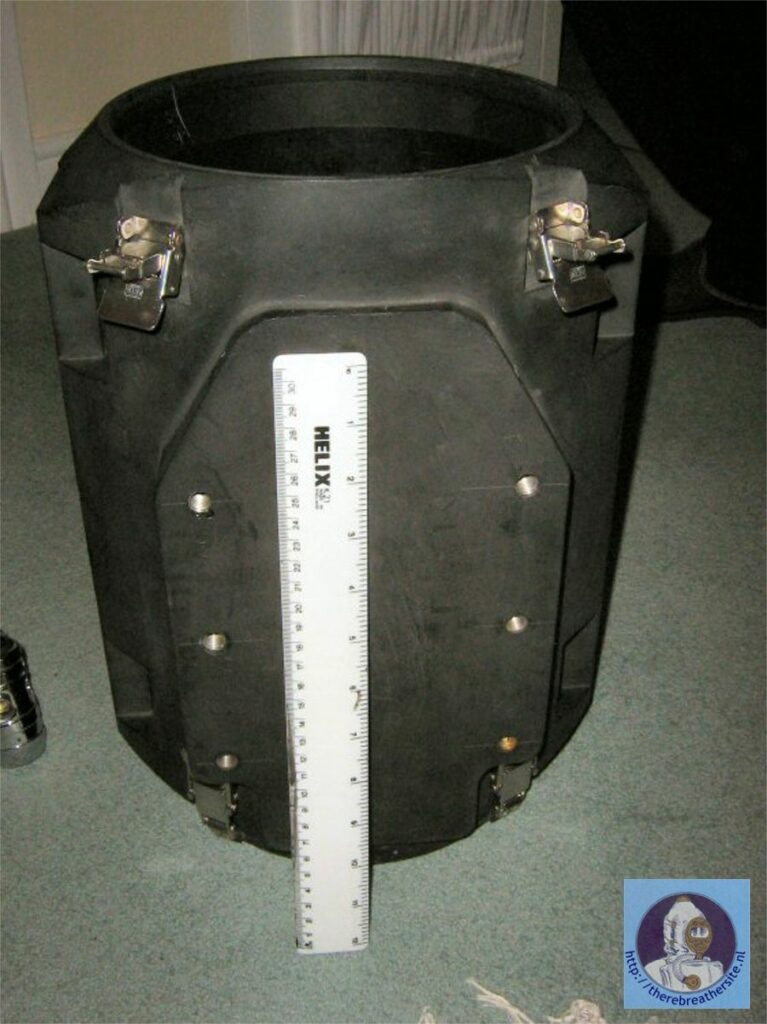
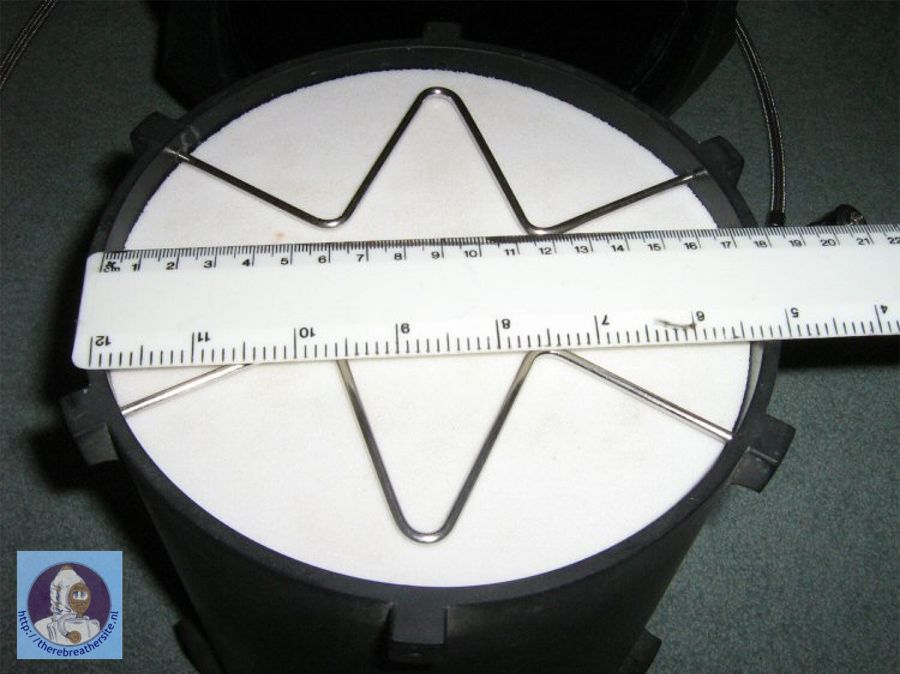
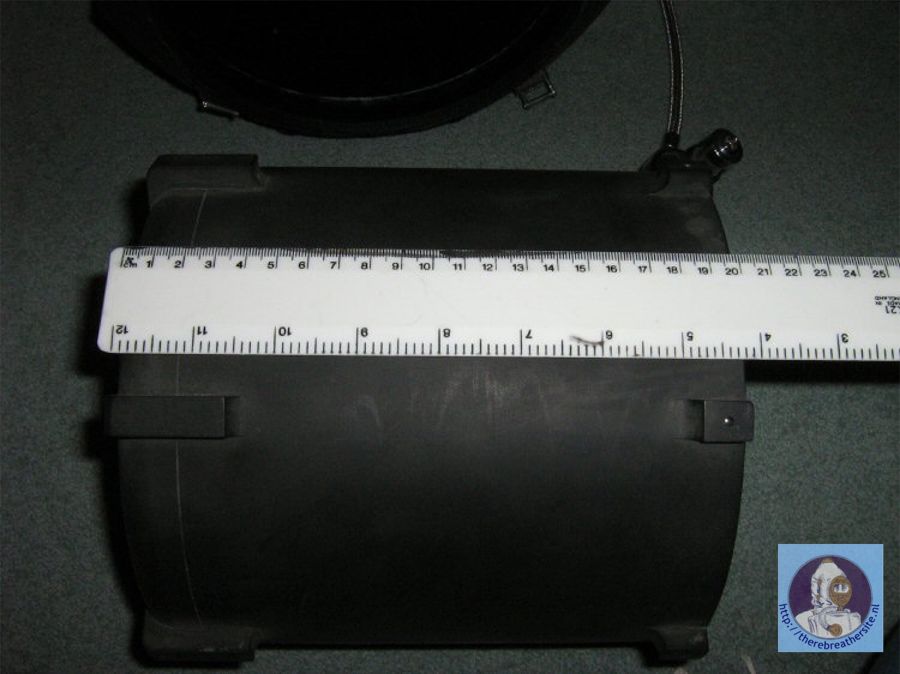
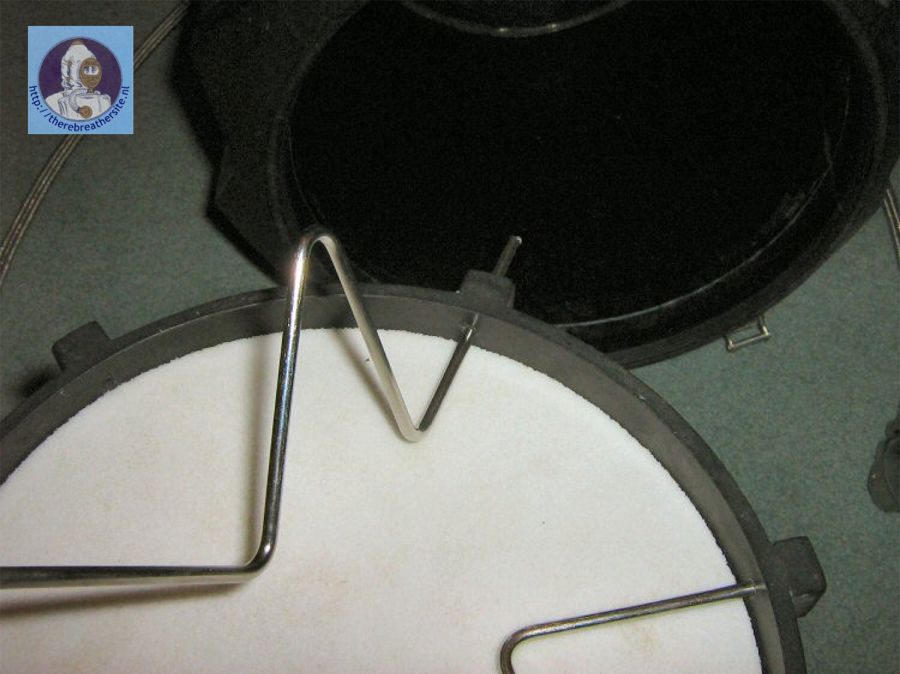
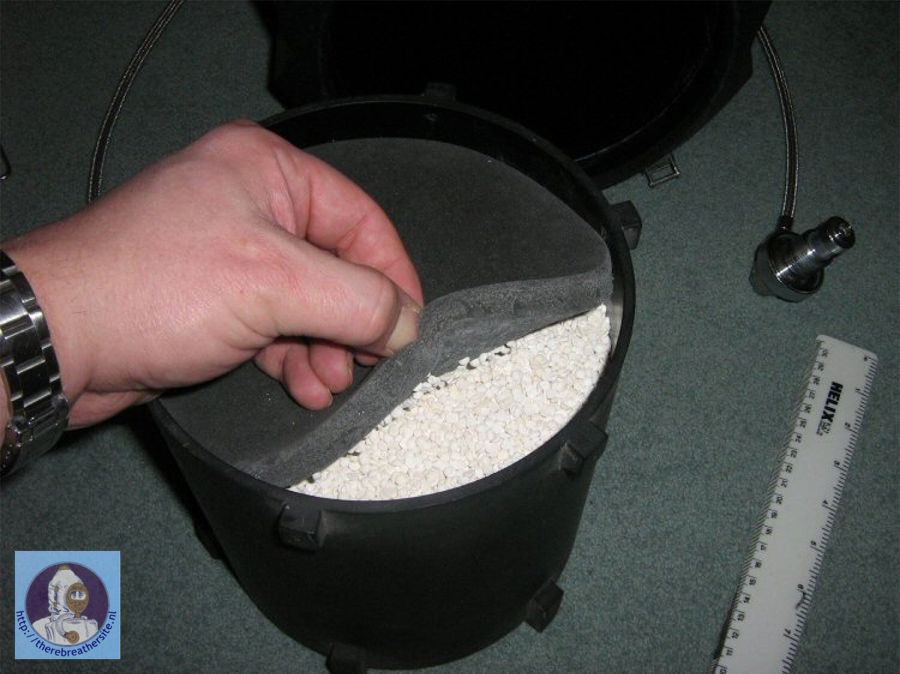
THANKS BRENT FOR THIS GREAT MATERIAL!
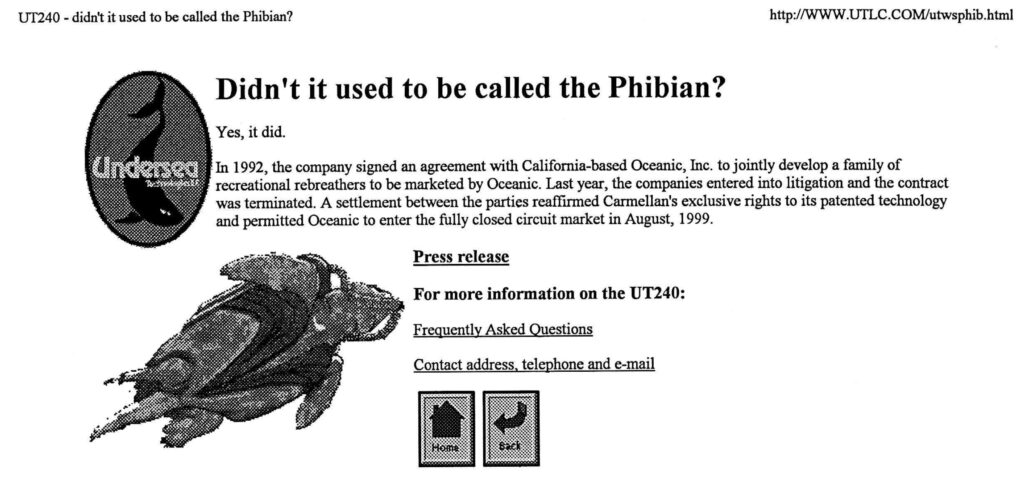
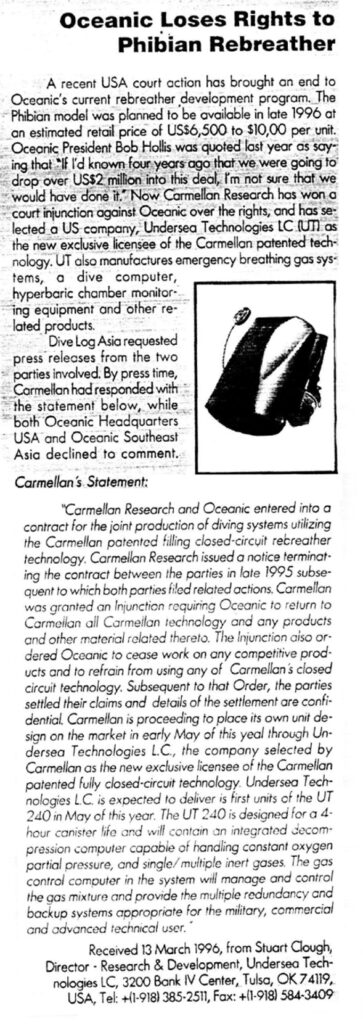

Therebreathersite was founded by Jan Willem Bech in 1999. After a diving career of many years, he decided to start technical diving in 1999. He immediately noticed that at that time there was almost no website that contained the history of closed breathing systems. The start for the website led to a huge collection that offered about 1,300 pages of information until 2019. In 2019, a fresh start was made with the website now freely available online for everyone. Therebreathersite is a source of information for divers, researchers, technicians and students. I hope you enjoy browsing the content!
